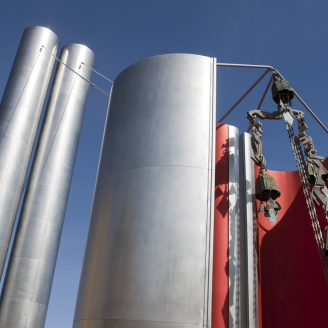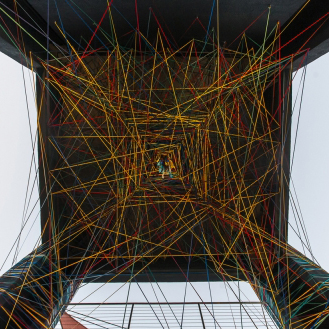Previous Newsletters
|
||||
| CAPTURING THE EPHEMERAL It's probably wishful thinking, but we fancy ourselves to be on the cutting edge of technology. We make a heroic effort to frequent listserves, attend meetups, scrutinize blogs, and 'check-in' at webinars with the desperate and possibly futile hope that we will glean some vital kernal of critical intelligence that will keep us current (and then some). Everyday we slog through the resulting deluge of information that has become our inbox. Which is how we discovered that Snapchat is considered the breakout product of 2013. The app has been widely adopted by millenials who use it to share many (perhaps not ready for primetime) life experiences with each other. The beauty of the conceit is that everything is of the moment, timed to vanish forever with no potentially compromising electronic debris eternally floating around cyberspace. We admire people who are brave enough to tackle the ephemeral, as we have found it daunting because of the many permutations. Every public art collection, for instance, has a temporal component consisting of short-lived works, festivals, and performances. We thought it would be helpful to turn to Scottsdale's Public Art Program as a model to open the discussion. It's a midsized collection. Their temporary works have an online presence as robust as the permanent which is unusual. The two main venues used are the Civic Center and the Waterfront so one can see how different artists approach the same sites over time. It goes without saying that many permanent artworks are not always permanent. We have been known to direct people to resited sculptures, dark light installations, silent soundworks and still videos. Under normal circumstances, municipal maintenance budgets are usually miniscule; moving components add an additional (and sometimes overwelming layer) of complexity. We are choosing two artists this month who are audacious enough to engage viewers through interactive pieces which are woven into architecture. Christopher Janney creates what he calls 'urban musical instruments'. Ned Kahn turns to the elements (wind, fog, fire, sand and water). We've posted videos of their works in motion. On another level,we have been looking at the work of many Landscape Architects and realized that landscape design can be quite subtle and extremely hard to photograph in a way that accurately captures the spirit of the insertion. The work of Andrea Cochran comes to mind as she often draws from the natural features of the site with minimalist and quite lovely design solutions. To us, capturing the ephemeral is about documenting the fragile, the fleeting, the understated and the transitory. It is a huge challenge. Abby Suckle, President |
||||
|
FEATURED ART COLLECTION: SCOTTSDALE PUBLIC ART PROGRAM
Keeping with the theme of this issue, some of the more delicate permanent pieces in Scottsdale's collection include works of light and glass. Noteworthy are James Turrell's Knight Rise Skyscape in Will Bruder's Museum of Contemporary Art. Seattle Artist, Anna Skibska installed Golden Alchemy consisting of 90 glass globes hanging from the reading room ceiling of the Appaloosa Library. |
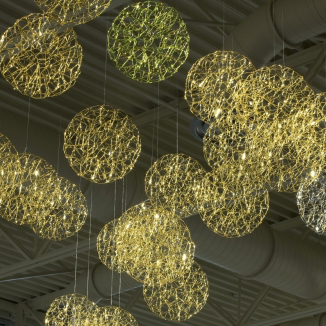 Golden Alchemy (2009) Anna Skibska
Scottsdale, AZ
Photo © Bill Timmerman |
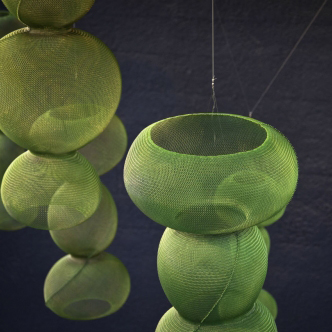 Opulent Oneness (2013) Eric Boyer,
Scottsdale, AZ Photo © Sean Deckert |
||
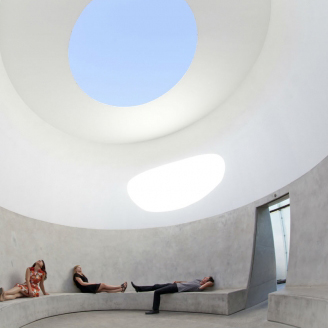 Knight Rise Skyspace (2001) James Turrell, Scottsdale, AZ will bruder architects, Photo © Sean Deckert |
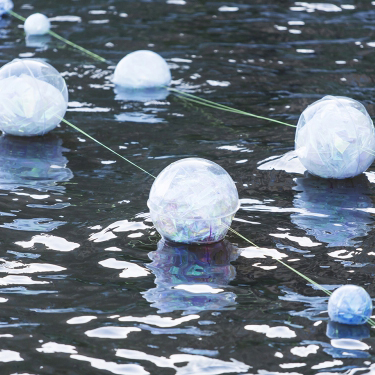 Luminescence (2013) The Experience Collective Scottsdale, AZ Photo © Dayvid LeMmon |
|||
|
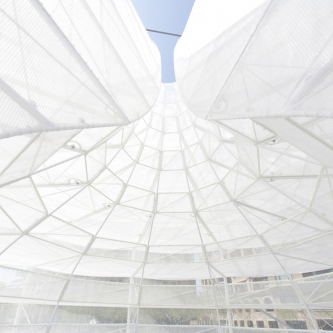
photo © Dayvid LeMmon
Dual Apparations 2013 photo © Bill Timmerman
Soleri Bridge + Plaza 2010 Paolo Soleri who died last April, was probably best known for his utopian visionary city Arcosanti about 65 miles north of Phoenix. It is noted for incorporating ecology in the planning. The 100-foot-long pedestrian bridge in Scottsdale, was designed about 10 years before it was actually constructed. The Pylons mark the calendar; every day at solar noon, a sliver of sunlight falls between them onto their shadows. This is the site for Scottsdale's Canal Convergence. photo © Peter Bugg
Bubble Fountain 2009
It is hard to be more fleeting than the scented bubbles filled with citrus, mint and salt water that wafted down on the passersby during Belle Art in 2009
photo © David LeMmon
Entanglement 2013 UPCOMING: COCKTAILS & CONVERSATIONS 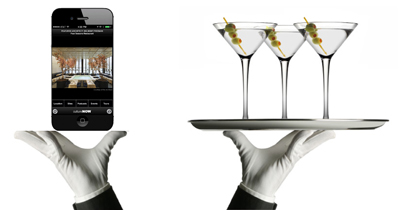
Date: Friday January 17 Belmont Freeman FAIA Belmont Freeman Architects Cathleen McGuigan Architectural Record Join us for our monthly conversation about Architecture & Design philosophies which are always totally provocative, very lively and lots of fun. The beverages are uniformly delicious, too. An American of Cuban descent, Belmont Freeman has done extensive research, writing and lecturing on the subject of Cuban architecture as well as led architectural tours of Cuba. He has also had the opportunity to renovate the iconic Four Seasons Restaurant in the Seagrams Building. Cathleen McGuigan is the Executive Editor of Architectural Record Magazine. FOR THOSE OF YOU WHO MISSED DECEMBER'S COCKTAILS: 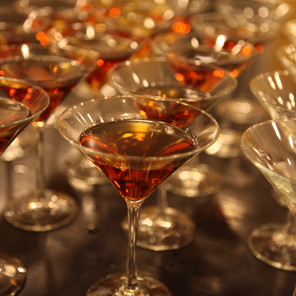
The Martinez
Photo©Center for Architecture In his year as our bartender, Toby Cecchini has discovered that the alcoholic beverage of choice for architects is the Martini. Many of them are, like Hugh Hardy, so firmly wedded to this drink, that it is impossible to even tempt them with anything else. Consequently, he bit the bullet last month and treated us to a flight of them to compare its evolution: The original Martinez, the Fitty-Fitty from the 3-Martini Lunch 'Mad Men' era and today's Dry Martini. The recipes (and video) are online. INTERESTING FIND 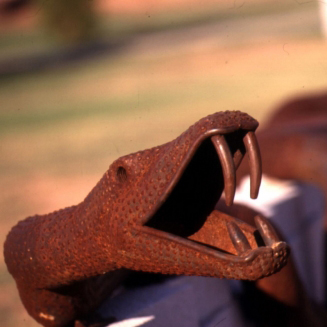
|
||||
|
|
||||

Circling (2005) Dallas, TX,
Dallas Fort Worth Art Program
Photo© PhenomenArts, Inc. |
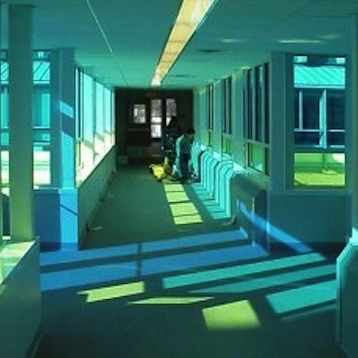
Sonic Pass Blue (1999) Lehman College, Bronx, NY,
Photo© PhenomenArts, Inc. |
|||
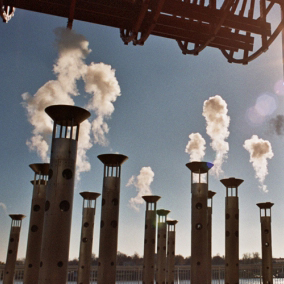
Whistle Grove: The National Steamboat Monument Cincinnati, OH (2002) Photo© PhenomenArts, Inc. |
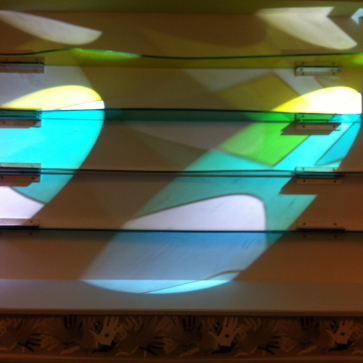
Light Waves: Atlanta Atlanta Airport Art Program
Atlanta, GA Photo © PhenomenArts, Inc. |
|||
FEATURED ARTIST: NED KAHN Ned Kahn has lived in the Bay Area for many years and spent much of it working at the Exploratorium. He was initially an apprentice to the Physicist Frank Oppenheimer. It may explain why his works integrate fluid dynamics, optics, acoustics, and other features of physics as well as forms and forces of nature: wind, fire, water, sand, and fog. He describes it as choreographing natural phenoma. What inspires us about Kahn's work is that many of his commissions come from architects for specific projects in addition to public agencies. Since it is rare for architects to entice a client into major art purchases as they either come at the end when the money runs out or are the first thing to be cut. We wanted to highlight a few collaborative projects. Wind, for instance, plays a part in many pieces. It is frequently used to manipulate screens of moving elements that are incorporated into facades. Much of the time, but not always the motivation is aesthetic, where the artwork seeks to dissolve the boundary between architecture and atmosphere, linking the building to the ever-changing and normally invisible currents of air. The 5000 tilted aluminum veins that comprise Feather Wall at the Green Clinical Pavilion in San Antonio, for instance, does double duty as a sunscreen. With Moshe Safdie Ned Kahn produced several pieces. Rain Oculus is a changing whirlpool in a raised plexiglas pool at the Marina Sands Hotel in Singapore where the water falls two stories. At peak flow rates there are 8000 gallons per minute falling through the atrium and 200 tons of water swirling around in the bowl. Rainbow Arbor at the Skirball Museum in Los Angeles uses the theme of fog to spray a curtain of mist along a 12' high curved wall in the garden. And Cloud Portal situated on the Embarcadero in San Francisco sprays a cloud of around the circular opening in the stacked horizontal sheets. |
||||
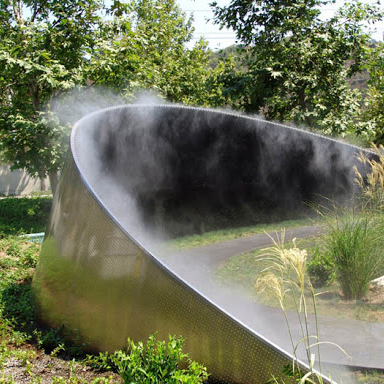
Rainbow Arbor (2008) Safdie Architects |
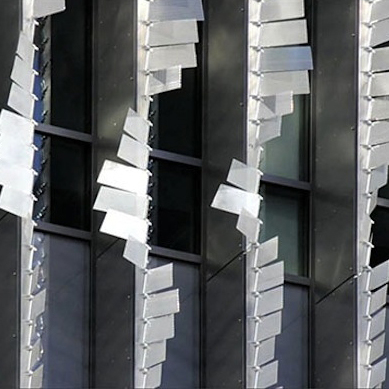
Feather Wall (2012) Overland Partners | Architects, RTKL Associates,
San Antonio, TX Photo © Ned Kahn
|
|||
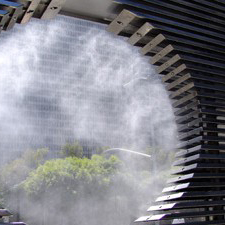 Cloud Portal (2012) San Francisco, CA |
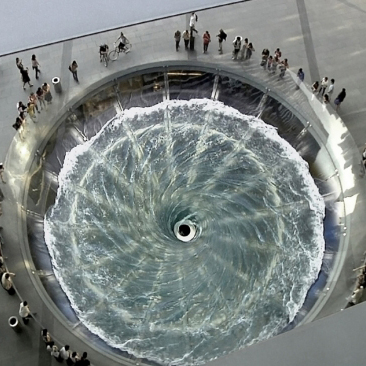
Rain Oculus (2011) Safdie Architects, Singapore |
|||
|
FEATURED LANDSCAPE ARCHITECT: ANDREA COCHRAN LANDSCAPE ARCHITECT Once their practice gets to a certain size, most landscape architects rapidly jettison smaller residential jobs in favor of the more prestigious public commissions. Andrea Cochran shys away from that and consequently makes a concerted effort to keep a diverse set of projects in the office so that there will be the opportunity to explore many different project types at different scales from residential to affordable housing, wineries to schools. The focus is on the craft of building and the integration of landscape, art and architecture. The projects all share a strong commitment to sustainable principles without allowing them to overwelm the designs. The competition winning scheme for Buhl Community Park located in the formerly bleak Allegheny Square facing the Pittsburgh Children's Museum is a was also designed in collaboration with Ned Kahn whose Cloud Arbor spewing mist provides the focal point. The sustainable park also features bioswales, which redirect rain water back into the gardens instead of funneling it into sewers. Clover planted among the grass produces nitrogen that helps to fertilize the soil. The mission of The Nueva School near Stanford, which is to teach creative design thinking and design engineering to students in grades preK-8; the design of the landscape integrates indoor with outdoor classrooms and incorporates many sustainable features that the children can learn about. In contrast, the Alpha Omega Winery is about connecting to the land and creating a place to enjoy the wine that is grown there. |
||||
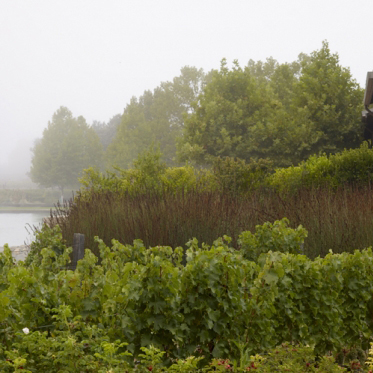
Alpha Omega Winery (2012) Michael Guthrie Architect, Rutherford, CA, Photo © Marion Brenner |
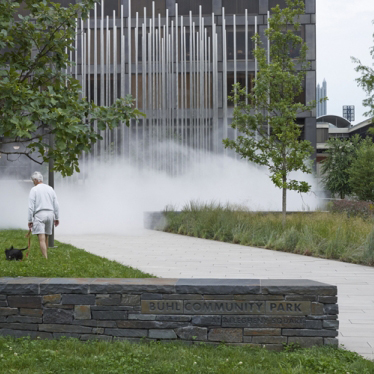
Buhl Community Park (2012) Pittsburgh, PA, Cloud Arbor Ned Kahn, Photo © Marion Brenner
|
|||
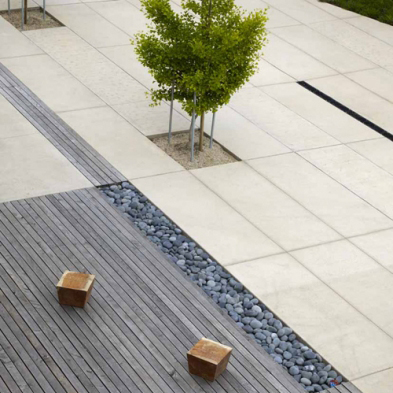 The Nueva School (2007) Hillsborough, CA, Leddy Maytum Stacy Architects Photo © Marion Brenner |

Smith Cardiovascular Research (2012) San Francisco, CA |
|||
|
||||


